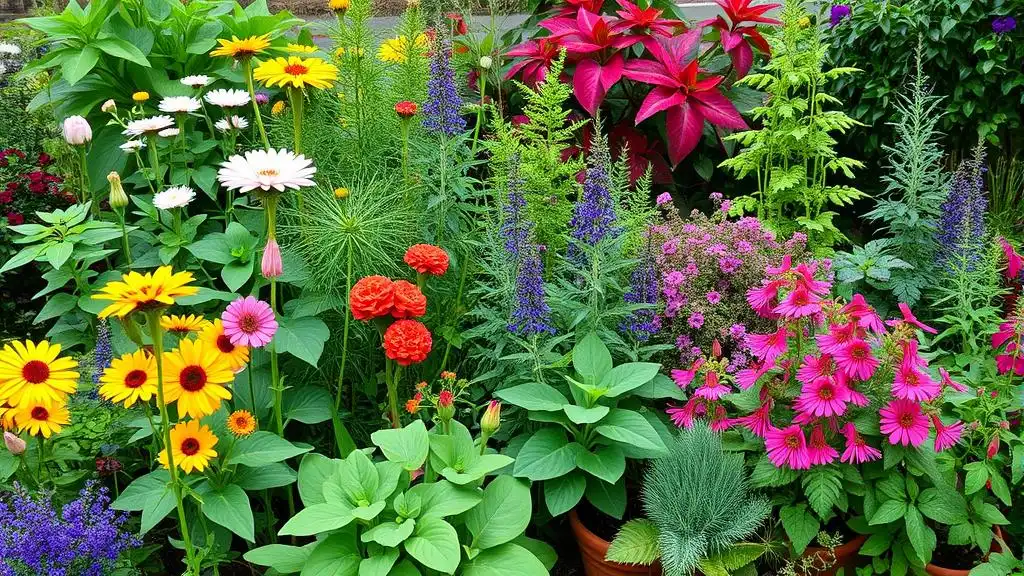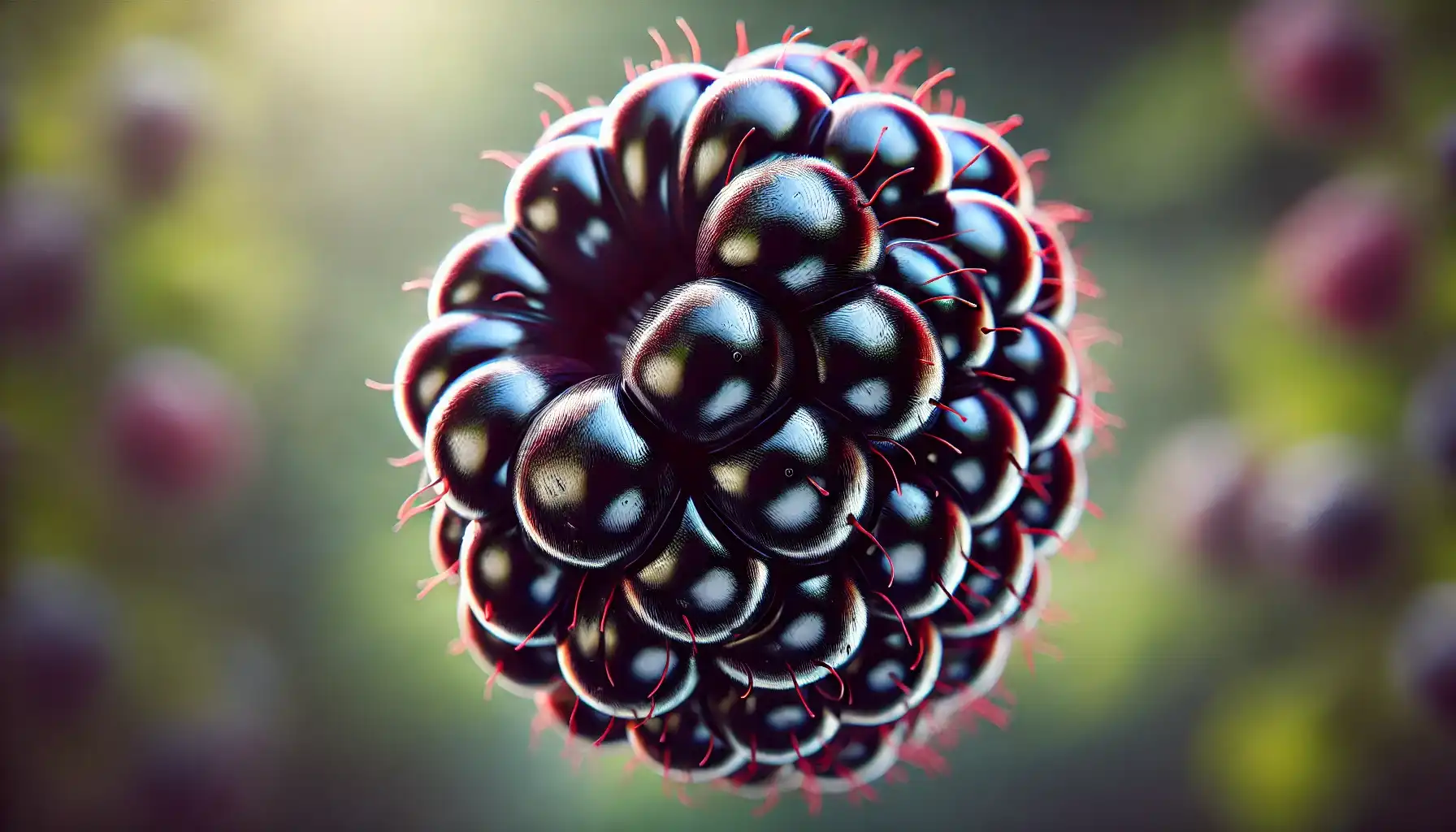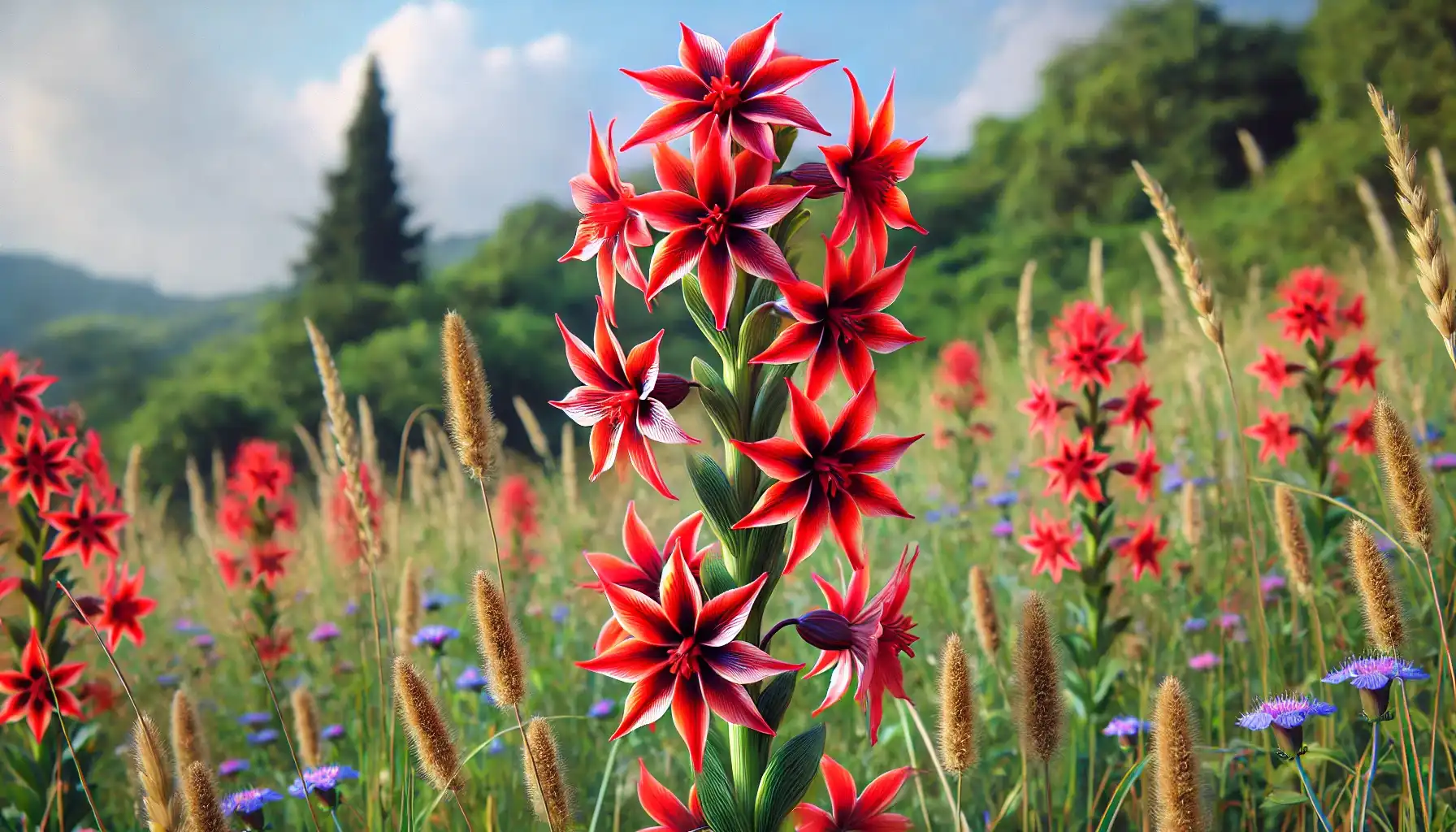Flora with No Limits: Easy Way to Identify Plants

Have you ever been in a situation where you wondered “What is this flower?” but struggled to find the right answer among thousands of plant species known to human beings? Any person, be it a plant enthusiast or a passer-by, trying to find out what kind of flower they see, typically relies on the knowledge they already possess. But how do you identify flowers if you have not seen them before?
Contents:
Have you ever been in a situation where you wondered “What is this flower?” but struggled to find the right answer among thousands of plant species known to human beings? Any person, be it a plant enthusiast or a passer-by, trying to find out what kind of flower they see, typically relies on the knowledge they already possess. But how do you identify flowers if you have not seen them before?
In this material, we will explore the main characteristics to start with in recognizing the plants and discover the tool that makes this process much more accessible and efficient than ever.

How to Find Out What a Plant It Is (Traditional Approach)
The beauty of nature captivates millions of people every day. Most of them, never been into gardening or floriculture before, seek information about the plants they see for different purposes. Some get so inspired that they decide to cultivate their own gardens, others simply want to satisfy their curiosity and nothing more.
Nevertheless, those who want to identify the plants and stick to the classic botanical approach should follow several steps to become a pro at recognizing them on the spot.
Scan the Overall Habit
What one can do first is observe the overall habit, i.e., shape and size of the whole plant by looking at it from a distance. What type of plant do I have? Is it a tall tree, a shrub, or a groundcover? How many flowers does it have? Does it have a sprawling growth habit or a more upright form?
These visual clues can help you place the plant into broader categories and find the proper group of plants via online libraries, search engines, or specific guides.
Check the Leaves
When approaching the plant, one of the first things to examine is its leaves, for they can be observed effortlessly. Any leaf consists of two parts, namely the blade (what we usually call a leaf) and the petiole (the thing with the use of which a blade is attached to the stem). Thus, leaves may be wide and narrow, depending on the width of the blade.
Besides, you will obviously notice its color, texture, and shape. Are these leaves smooth or rough? Big or small? Simple or compound? Scale-like or needle? Jot down these features or take a close-up picture of the plant for future plant investigations.

Note the Leaf Arrangement
The way the leaves are attached to the stem is one more important aspect of any plant. There exist four patterns of leaf attachment, i.e., alternate, opposite, whorled, and mixed ones. This information may help one find out if this or that plant is poisonous, for they usually have some specific patterns of leaf arrangement, special formations for defense, and color, too.
Pay Attention to the Flower Fruits (Inflorescence)
How to know what type of plant I have? The presence of flowers and fruits is a significant and defining part of recognizing the species. Take notes of the color, shape, and arrangement of the flowers. Are they clustered together or solitary? Do they have a distinct fragrance?
Mind that it might be too dangerous to taste fruits, even though they may seem attractive and delicious. This is why prompt identification is essential for you and your family members to stay safe.
Look at Stems and Branches
Another aspect one should pay attention to is the stems and branches of the plant. They can be generally divided into woody and herbaceous groups. The first are characterized by a higher level of density, the latter are more flexible and less strong.
Consider the Plant's Habitat
How to find what plant I have without taking into consideration the place where it grows? Is this even possible? No, the flora of each region is unique as different plants have specific habitat preferences, and vice versa. The place where you have found the plant may tell you more about the plant, its nature, and its special needs. Those who try to identify the plant may google the area-specific greenery and select what they have been searching for.

See Root Shape and Distribution
While it may not always be possible to see the roots of a plant, examining them can provide additional insight. Are they fibrous or taproots? Do they spread shallowly or deeply into the soil?
If you can safely explore the root system of the plant, make sure you do not hurt it. The roots are the heart of the plant; it is the roots that allow them to absorb nutrients, water, and oxygen, and, therefore, exist.
These aspects, when considered separately, are not simply enough to distinguish a plant or the family of plants it belongs to. Nevertheless, try to collect as much information as possible and analyze it as a whole to get the correct answer and not fall into the trap of poisonous doppelgängers. If you do not find it an appropriate way for you, pay attention to our next suggestion.
Use Personal Plant Assistant – AI Plant Finder
Most people do not have enough level of botany knowledge to understand what plant they see only by collecting info about its parts. Nowadays, experts in the field collaborate with high-tech companies and other enthusiasts to introduce digital tools and plant identification apps designed to educate plant lovers, travelers, and curious minds as well.
AI Plant Finder is an innovative AI-powered application that may help one identify plants quickly and accurately with just one snap. Among the features the app has also to offer are a water manager, light meter, and Disease ID, which detects what the plan suffers from and suggests proper treatment, too. All you need is a smartphone with the installed application and the desire to learn more.
The app is a great resource for both amateurs and experienced gardeners, for it provides a wealth of useful resources, including articles, tutorials, videos, and expert advice spiced with innovative technologies and a friendly community.

How do I Identify a Flower with AI Plant Finder?
One of the greatest benefits of using AI Plant Finder is the instant results it provides. Instead of spending hours researching and cross-referencing information, you can get answers in a matter of seconds.
To identify a plant, tap on the Camera icon at the center of the tab bar, give access to your Camera and photo gallery, follow the prompts that appear on the screen, and wait for the app to process your pictures. With a database of 400,000+ plant species, AI Plant Finder can accurately identify the plant in your photos and provide you with the most relevant information possible. If you are interested in trying out this app, download it today and start your plant identification journey for free.
The world of plants is captivating yet sophisticated. Some people might be afraid of stepping into this journey, though the right tools in your hands may make your experience pleasant and more confident. If one is unsure about their skills, it is better to start with digital assistants and real experts that are always happy to guide you in and convey their experience further.
Share:
Read More
Identify Any Plant, Diagnose Every Disease
Download Our App Now!


